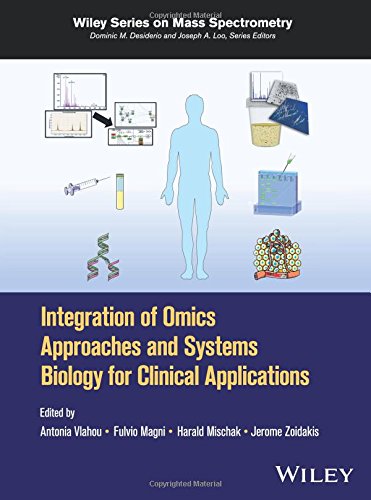

Most ebook files are in PDF format, so you can easily read them using various software such as Foxit Reader or directly on the Google Chrome browser.
Some ebook files are released by publishers in other formats such as .awz, .mobi, .epub, .fb2, etc. You may need to install specific software to read these formats on mobile/PC, such as Calibre.
Please read the tutorial at this link: https://ebookbell.com/faq
We offer FREE conversion to the popular formats you request; however, this may take some time. Therefore, right after payment, please email us, and we will try to provide the service as quickly as possible.
For some exceptional file formats or broken links (if any), please refrain from opening any disputes. Instead, email us first, and we will try to assist within a maximum of 6 hours.
EbookBell Team

5.0
100 reviewsIntroduces readers to the state of the art of omics platforms and all aspects of omics approaches for clinical applications
This book presents different high throughput omics platforms used to analyze tissue, plasma, and urine. The reader is introduced to state of the art analytical approaches (sample preparation and instrumentation) related to proteomics, peptidomics, transcriptomics, and metabolomics. In addition, the book highlights innovative approaches using bioinformatics, urine miRNAs, and MALDI tissue imaging in the context of clinical applications. Particular emphasis is put on integration of data generated from these different platforms in order to uncover the molecular landscape of diseases. The relevance of each approach to the clinical setting is explained and future applications for patient monitoring or treatment are discussed.
Integration of omics Approaches and Systems Biology for Clinical Applications presents an overview of state of the art omics techniques. These methods are employed in order to obtain the comprehensive molecular profile of biological specimens. In addition, computational tools are used for organizing and integrating these multi-source data towards developing molecular models that reflect the pathophysiology of diseases. Investigation of chronic kidney disease (CKD) and bladder cancer are used as test cases. These represent multi-factorial, highly heterogeneous diseases, and are among the most significant health issues in developed countries with a rapidly aging population. The book presents novel insights on CKD and bladder cancer obtained by omics data integration as an example of the application of systems biology in the clinical setting.
Integration of omics Approaches and Systems Biology for Clinical Applications will appeal to a wide spectrum of scientists including biologists, biotechnologists, biochemists, biophysicists, and bioinformaticians working on the different molecular platforms. It is also an excellent text for students interested in these fields.